- July 16, 2023
- admin
- (0)
- Bunnies For Sale
The Flemish giant rabbit is the largest domestic rabbit breed known for its impressive size and gentle nature. In addition to being cherished as pets.
Have you ever heard of Flemish Giant rabbits? If not, get ready to be amazed by these incredible creatures. These are a fascinating breed of domestic rabbits that truly live up to their name. Originating in Belgium, they are renowned for their impressive size and gentle nature.
What Are Flemish Giant Rabbits?
The Flemish giant rabbit is a domestic rabbit breed known for its impressive size and gentle nature. It belongs to the subspecies Oryctolagus cuniculus domesticus and can trace its origins back to Flanders, the northern region of Belgium. In addition to being cherished as pets, they are bred and showcased in rabbit shows and exhibitions.
History Of Flemish Giant Rabbits
The breed’s history can be dated back to at least the 16th century, and it is speculated that the Flemish giant rabbit may have been developed through selective breeding of the now-extinct Patagonian giant rabbit.
Initially, they were primarily bred for their fur and meat. However, over time, they have gained popularity as beloved pets due to their docile and gentle temperament, which makes them suitable companions even for children.
Female Vs Male Flemish Giant Rabbits
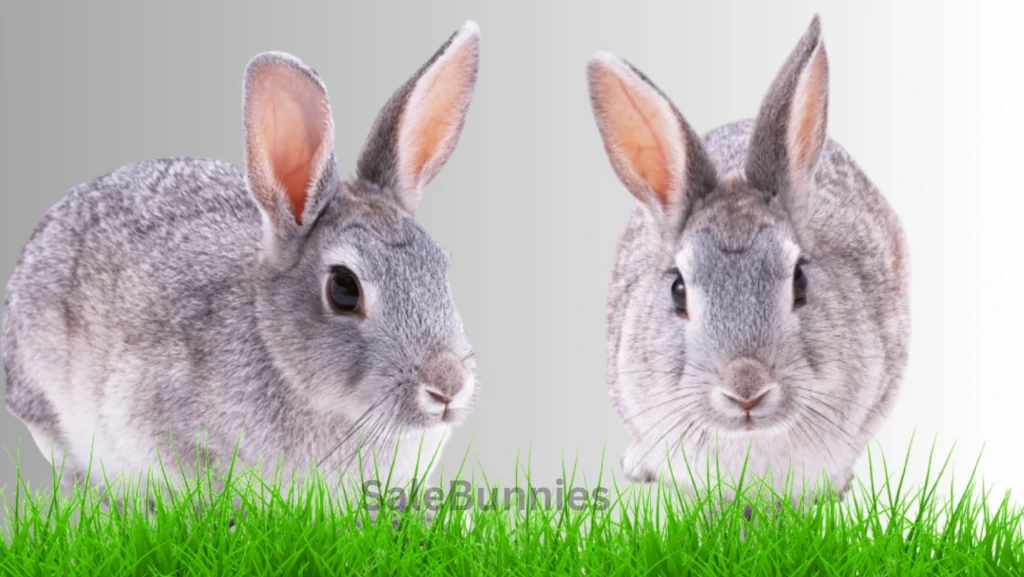
Distinguishing between male and female Flemish giant rabbits is relatively easy due to their distinct differences. On the other hand, female Flemish giants have dewlaps, which are extra fur-coated skin used to provide warmth for their offspring.
Characteristics Flemish Giant Rabbits
These rabbits have inherited certain features from their wild ancestors, such as long, V-shaped ears and excellent eyesight. Their bodies are characterized by an arch-shaped structure complemented by rounded tails. Here are the characteristics of Flemish Giant rabbits:
1. Color
The Flemish Giant rabbit, recognized by the National Federation of Flemish Giant Rabbit Breeders, exhibits a variety of colors. These colors include:
Black
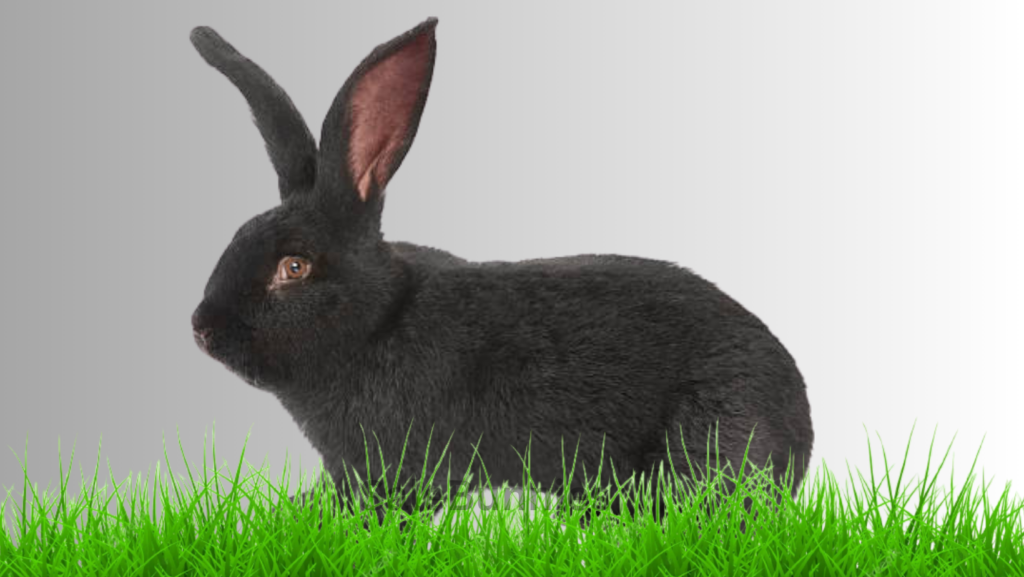
Flemish Giants can have a solid black coat color. This coloration gives them a sleek and elegant appearance.
Blue

The blue Flemish Giants display a bluish-gray hue throughout their fur. This color is often described as a soft, muted shade.
Faw

Fawn Flemish Giants showcase a light, warm brown color. This hue can vary from a pale sandy tone to a deeper, richer shade.
Light Gray
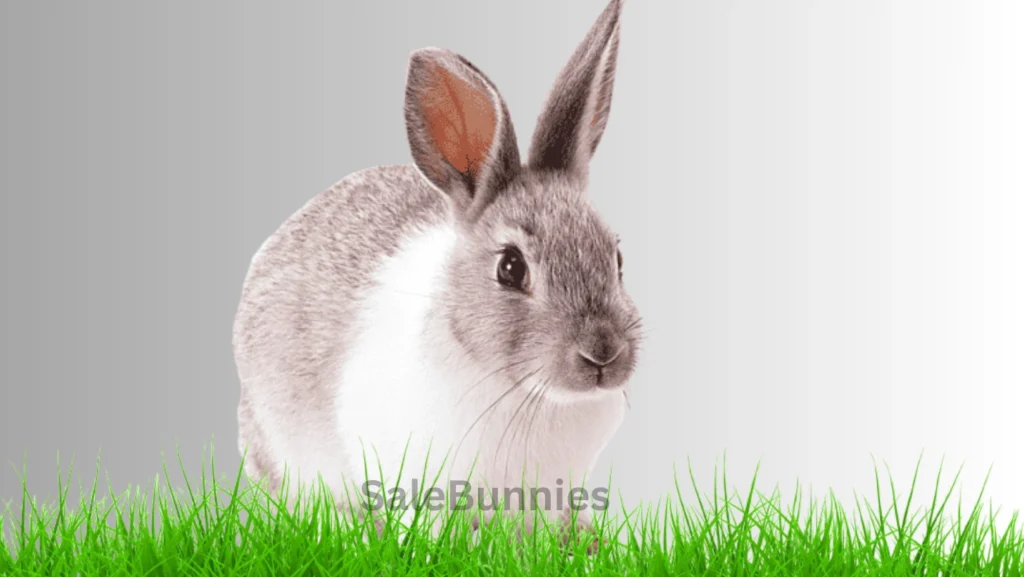
The light gray Flemish Giants have a coat color characterized by a soft gray tone. It is lighter than the steel gray variety.
Steel Gray
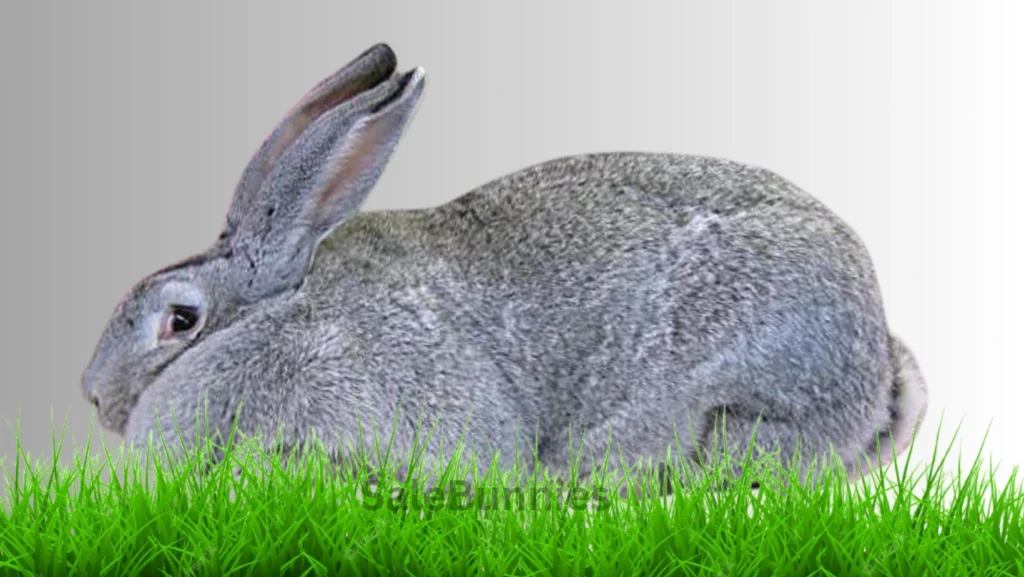
Steel gray Flemish Giants have a darker coat color than light gray. It is a cool-toned gray with a slightly bluish or silvery tinge.
White
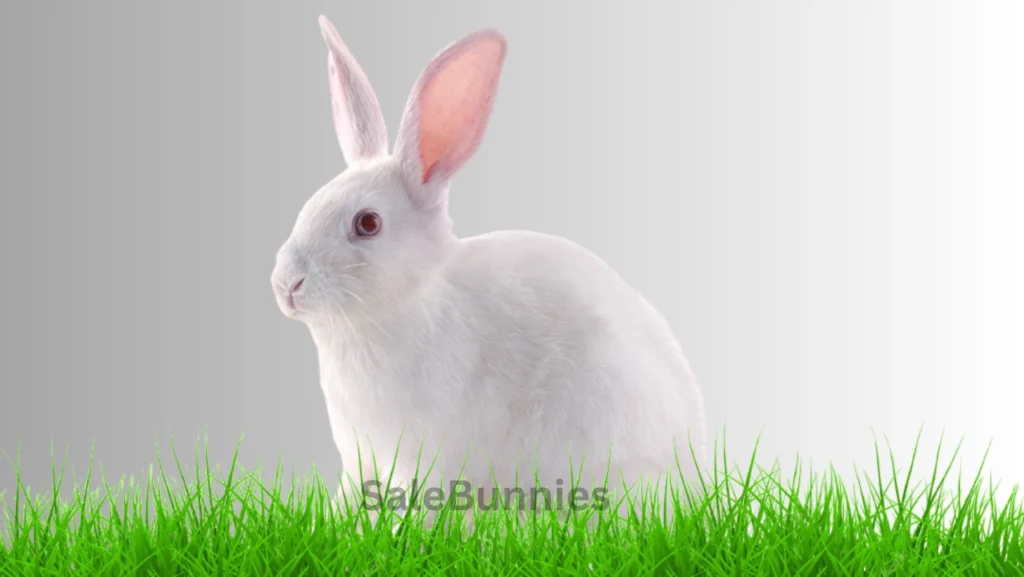
Flemish Giants also come in a pure white color. This coloration is striking and can give the rabbit a majestic appearance.
Flemish giant rabbits were selectively bred for their luxurious fur, which is thick, glossy, and smooth. However, this desirable fur also makes them less tolerant of hot weather and more susceptible to fur and ear mites.
2. Size
The Flemish Giant rabbit is recognized as the largest rabbit breed worldwide. It is characterized by its impressive size, with typical measurements ranging from 2.5 to 4 feet in length and a weight range of 15 to 22 pounds.
It’s worth noting that the American Rabbit Breeders Association’s breed standards for Flemish Giant rabbits do not specify a maximum weight limit, allowing for potential variations in size.
Remarkably, there have been instances of exceptionally large Flemish Giant rabbits weighing up to 50 pounds, surpassing the average weight range. These cases are remarkable examples of the breed’s potential for substantial growth.
For a visual comparison, the Dutch rabbit, another common breed of domestic rabbit, typically weighs between 4 and 5.5 pounds. Contrasting the Dutch rabbit’s size with the impressive dimensions further emphasizes the latter’s exceptional stature within the rabbit world.
3. Personality
Flemish giant rabbits may appear imposing due to their size, but they are gentle creatures. They are friendly and enjoy human attention, often seeking cuddles by climbing onto laps. These rabbits prefer a tranquil lifestyle and may take frequent daily naps.
However, it is important to note that despite their gentle nature, Flemish giants can react defensively if handled roughly or if their personal space is invaded when they feel uncomfortable. In such situations, they may resort to biting and scratching.
4. Lifespan
Regarding lifespan and health, they generally enjoy good overall health. With regular veterinary care, they often live for 8 to 10 years, providing many years of companionship and joy to their owners.
5. Health Issues
1. Heatstroke
Flemish giant rabbits, known for their impressive size and thick fur, are more susceptible to heatstroke in hot weather conditions. Due to their large body mass and the insulation provided by their dense fur, they can struggle to dissipate heat effectively.
Therefore, it is crucial to take extra precautions during warm periods, ensuring proper ventilation and creating a cool environment for these rabbits to prevent the potentially life-threatening condition of heatstroke.
2. GI Stasis
GI stasis, a condition characterized by a slowdown or complete halt in a rabbit’s digestive system, can pose a significant health concern. Various factors, including stress, dehydration, or an underlying medical issue, can trigger this condition.
If left untreated, GI stasis can lead to the formation of intestinal blockages, ultimately resulting in severe consequences, including death. Recognizing the symptoms of GI stasis, such as a decrease in fecal pellets, loss of appetite, and lethargy, is crucial.
3. Malocclusion
A common dental problem in rabbits is improper teeth alignment. Since a rabbit’s teeth continually grow, a misaligned bite can hinder the natural wearing down of the teeth, leading to excessive growth. This can cause a range of dental issues, including pain, difficulty eating, and potential injuries to the mouth.
Regular dental checkups are of utmost importance for Flemish giant rabbits to monitor their dental health closely and address any malocclusion-related concerns promptly, thus promoting their overall well-being.
4. Sore Hocks
Sore hocks, also known as pododermatitis, are characterized by the inflammation and rawness of a rabbit’s foot soles. This discomforting condition can be caused by several factors, including obesity, inappropriate flooring choices such as wire floors that can irritate the feet, fur loss, and underlying skeletal problems like arthritis.
To prevent sore hocks, it is essential to maintain a suitable environment for the rabbits, including providing comfortable flooring, managing their weight through a balanced diet, and addressing any underlying skeletal issues promptly. These measures can help alleviate the risk of developing sore hocks in Flemish giant rabbits.
5. Uterine Cancer
Among rabbits, uterine cancer is a prevalent form of cancer, particularly affecting female rabbits over three. Research suggests that up to 60% of female rabbits in this age group may develop uterine cancer. Treatment typically involves surgical removal of the uterus.
To minimize the risk of uterine cancer, proactive measures such as regular veterinary checkups and spaying female Flemish giant rabbits are recommended. These actions can significantly reduce the likelihood of developing this common cancer type and ensure these rabbits’ long-term health and well-being.
Flemish Giant Rabbit Care
It is crucial to remember that while Flemish giant rabbits may be more prone to certain health issues due to their size and unique characteristics, these conditions are not exclusive to this breed alone.
Regular veterinary care, an appropriate living environment, and a well-balanced diet are essential practices for all rabbit breeds to promote their overall health and minimize potential health concerns.
1. Enclosure
Flemish giant rabbits require an extra-large enclosure to accommodate their needs due to their large size. A minimum cage size of 3 feet by 4 feet is recommended, but providing even more space is preferable. It ensures they have enough room to move, stretch their legs, and exhibit natural behaviors like hopping and exploring.
Smaller cages can restrict their movement, leading to stress, muscle atrophy, and overall discomfort. Therefore, it is important to prioritize a spacious and comfortable living environment for these majestic rabbits.
2. Space
Flemish giant rabbits are known for their rapid growth rate, often reaching their adult size by around one and a half years old. It is essential to consider their future size when designing their living space.
Providing ample room to roam is crucial for their physical and mental well-being. In addition to length and width, the height of the enclosure is equally important. These rabbits possess impressive jumping abilities and can clear heights of up to 3 feet.
Consequently, it is vital to ensure that the enclosure has sufficient height to prevent them from leaping out and potentially injuring themselves. You can contribute to your Flemish giant rabbit’s overall happiness and contentment by creating an environment accommodating their size and natural behaviors.
3. Domestication
Flemish giant rabbits are highly adaptable and can be easily domesticated, making them suitable for indoor living. Many owners keep them as house pets due to their friendly and pleasant nature.
Furthermore, Flemish giants can be trained to use a litter box effectively with patience and consistency. Starting the litter box training process when they are young is generally more successful, as they are more receptive to learning new behaviors during their early developmental stages.
By providing them with a designated area and rewarding positive behavior, you can encourage them to use the litter box consistently, simplifying the cleanup process and promoting a clean living environment for you and your rabbit.
Remember to provide plenty of mental and physical stimulation, such as toys and playtime, to keep your Flemish giant rabbit engaged and happy.
While these expanded paragraphs provide more detailed information, it’s still important to consult with a veterinarian or rabbit care specialist for specific guidance tailored to the needs of your Flemish giant rabbit.
Food Of Flemish Giant Rabbit
Flemish giant rabbits are large herbivores primarily consuming grains, grasses, and vegetables. Their food intake should be adjusted based on age, size, and activity level. To maintain a healthy diet for your rabbit, it is recommended to provide an amount of food equivalent to its body size in hay daily.
Additionally, pellets and fresh vegetables should be included in their diet. Timothy hay is considered the best option for their digestion and to aid in wearing down their teeth. Freshwater should always be readily available to prevent dehydration.
Due to their relatively low activity levels, Flemish giant rabbits can gain weight easily. It is important to avoid overfeeding them with treats and provide enough space in their enclosure for movement. If their cabinet is on the smaller side, it is advisable to allow them frequent time outside the enclosure to hop around and exercise.
Best Flemish Giant Rabbits For Sale
Consider the majestic Flemish Giant rabbits if you want to add a furry companion to your home. Known for their impressive size and gentle nature, Flemish Giants have gained popularity among rabbit enthusiasts in the United States.
These rabbits, originally from Belgium, are one of the largest domesticated rabbit breeds, weighing between 13 and 22 pounds on average. Their distinctive appearance, with long ears and muscular bodies, sets them apart from other rabbit breeds.
Flemish Giants are often sought after as pets due to their docile temperament and ability to bond with their human caregivers. They are known to be great with children and can be trained to use a litter box, making them suitable for indoor living.
In the USA, you can find Flemish Giant rabbits for sale through various channels, such as reputable breeders, rescue organizations, and online platforms specializing in pet sales. However, it is essential to research and choose a responsible source to ensure the health and well-being of these gentle giants.
How to Buy Flemish Giant Rabbits Near Me?
If you want to purchase Flemish Giant rabbits near your location, there are several factors to consider about this breed. Finding Flemish Giant rabbits for sale near you might involve contacting local breeders and pet stores or checking online classifieds to ensure you get a healthy and well-cared-for rabbit.
Do thorough research and ask questions to ensure you are prepared to provide a loving and suitable home for these remarkable rabbits.
FAQs
Where do Flemish Giant rabbits come from?
Flemish Giant rabbits originated in Belgium, specifically in the Flanders region. They were first bred in the 16th century for meat and fur production.
What is the temperament of Flemish Giant rabbits?
Flemish Giants are generally known for their calm and docile nature. They are typically friendly and gentle and enjoy human interaction. They can make great pets if properly socialized and handled from a young age.
Are Flemish Giant rabbits suitable as pets?
Yes, Flemish Giants can make wonderful pets for the right owners. However, due to their large size, they require more space compared to smaller rabbit breeds. They need a spacious enclosure or living area, regular exercise, and mental stimulation.
Can Flemish Giant rabbits be litter trained?
Like many other rabbit breeds, Flemish Giants can be litter trained. They can learn to use specific areas for their bathroom needs with patience, consistent training, and a suitable litter box.
Final Verdict
Flemish Giant rabbits are a remarkable breed known for their impressive size and gentle temperament. Weighing between 13 to 22 pounds on average, these rabbits are among the largest breeds, boasting a muscular body, long legs, and a broad head.
Due to their impressive stature, Flemish Giants can be kept as pets or showcased in rabbit shows. They can also be bred to produce more Flemish Giant offspring. Flemish Giant rabbits combine size, temperament, and beauty, making them popular among rabbit enthusiasts.



Leave a Reply